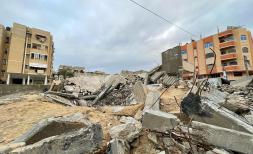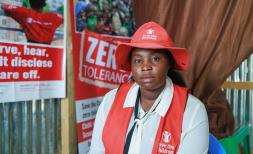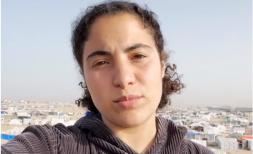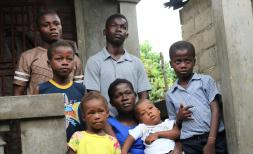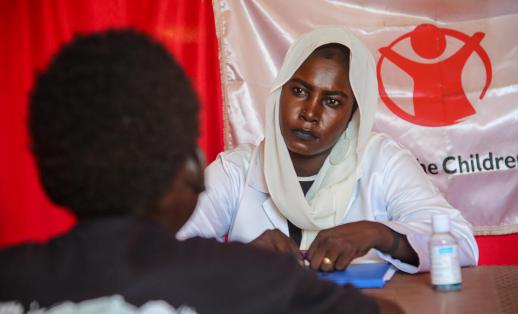Breakthrough in Nepal: reaching the unreached
Dukhiya Musahar, 29, lives in the low-land Nepali district of Sarlahi, bordering India to the south and flanked by the Sivalik Hills in the north. The green, fertile lands are more tropical than alpine, and as a result are responsible for producing most of the nation’s tomatoes each year, as well as many other food crops. Sarlahi is also an area where poverty, injustice and exclusion spread across the generations, and inequality is rife. Dukhiya belongs to the Maha Dalits – commonly known as the “untouchables”.
Despite her age, Dukhiya has already given birth to 11 children, though just six are still alive. Incredibly, she has never been to a health facility for an antenatal checkup or to give birth, even though there is a health centre in her village. Dukhiya’s children, by virtue of the caste to which they were born, will on average die 12 years earlier than those from other castes like the Newars, and when her daughters eventually grow up and fall pregnant, they will be half as likely to get antenatal checkups.
It's families like Dukhiya’s who are being targeted as part of a new 15 year national strategy developed by the Ministry of Health with the technical and financial backing of Save the Children. The strategy – officially titled “the national strategy for Reaching the Unreached to Reduce Health and Nutrition Inequalities and to Achieve Universal Health Coverage in Nepal (2016 – 2030)” – was formally approved last week in a landmark move by the Nepali government.
It formalises a plan to break the cycle of disadvantage faced by the most marginalised and deprived groups like the Maha Dalits by finding innovative ways to improve access to and use of quality health services, including by removing barriers like cost, geography and socio-cultural influences. This blueprint is the result of more than four years of hard work and perseverance by a range of agencies and departments, not least of all Save the Children.
It’s a proud moment for us – it was our brainchild – and a great example of how we can use our profound experience on the ground to shape the way we interact with government. This push for policy change started with a simple literature review on the back of Nepal being recognised for achieving several of the Millennium Development Goals. We’d noticed disparities between different population groups through our work on the ground, particularly in education and health, and we wanted to conduct a deeper analysis.
Though Nepal was and continues to make solid progress towards the MDGs – now replaced by the Sustainable Development Goals – we found there were gross inequalities in health outcomes between various groups like the Maha Dalits, the poor and the wealthy, as well as those who were geographically isolated, had disabilities or were illiterate. We dug beyond the top level indicators, and identified that while some groups were accessing services, utilising skilled birth attendants and improving their overall health, others were missing out completely.
There were many roadblocks along the way including resistance from some key players. However, gradually mindsets shifted as the transformative potential of policy change became clearer. These barriers were overcome. Now, as the strategy is translated, printed and disseminated across all levels of government, we are working with the Ministry of Health to establish a fully costed implementation plan, and we will be there every step of the way.
Reversing such entrenched inequality on the ground will take time, however, the events of last week are a giant leap in the right direction for families like Dukhiya’s.
